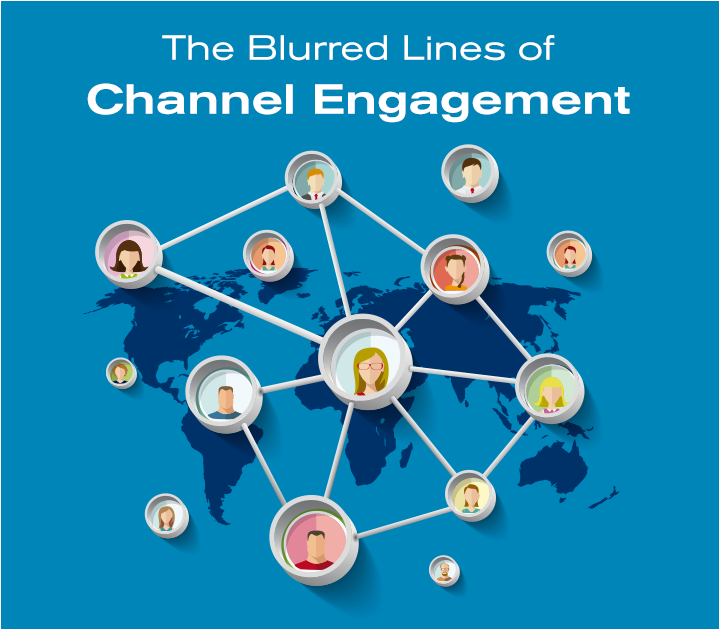Channel engagement runs through a progressively complex and continuously evolving economic ecosystem. Differentiated by industry, vertical, marketplace, product or service, brand, or even end consumer segments. The most critical, in fact as a first step, is to understand the unique characteristics and cross-channel dynamics of your ecosystem.
Starting from the ground level, effective channel engagement requires an assessment of the role that the target audience (businesses) plays within the trade channel. In some cases, the business behaves like a customer or buyer and a B-to-B loyalty or lifecycle marketing program is the best solution. Restaurants are a great example.
In other cases, the business behaves like a sales person or re-seller and an incentive program is the best solution. Auto dealers are a great example. Not surprisingly, in most cases, the business behaviour is a blend on the buyer/seller continuum and a hybrid approach is the best solution.
Regardless of channel engagement solution or location on the continuum, effective program design requires an acknowledgement that businesses increasingly behave like consumers and the line between B-to-B and B-to-C marketing is blurring. This is great news because it means that many of the marketing concepts and behavioural economic theories that we leverage to effectively drive consumer behaviours can also drive business behaviours.
For example, customer lifecycle marketing as a strategic framework can be just as powerful for businesses as it is for consumers. And when it comes to behavioural economics, B-to-C marketing challenges associated with declining attention span and infobesity are magnified in a B-to-B setting – as a result, it is even more critical to incorporate heuristics, leverage gamification and ensure content is focused, relevant and vivid.
